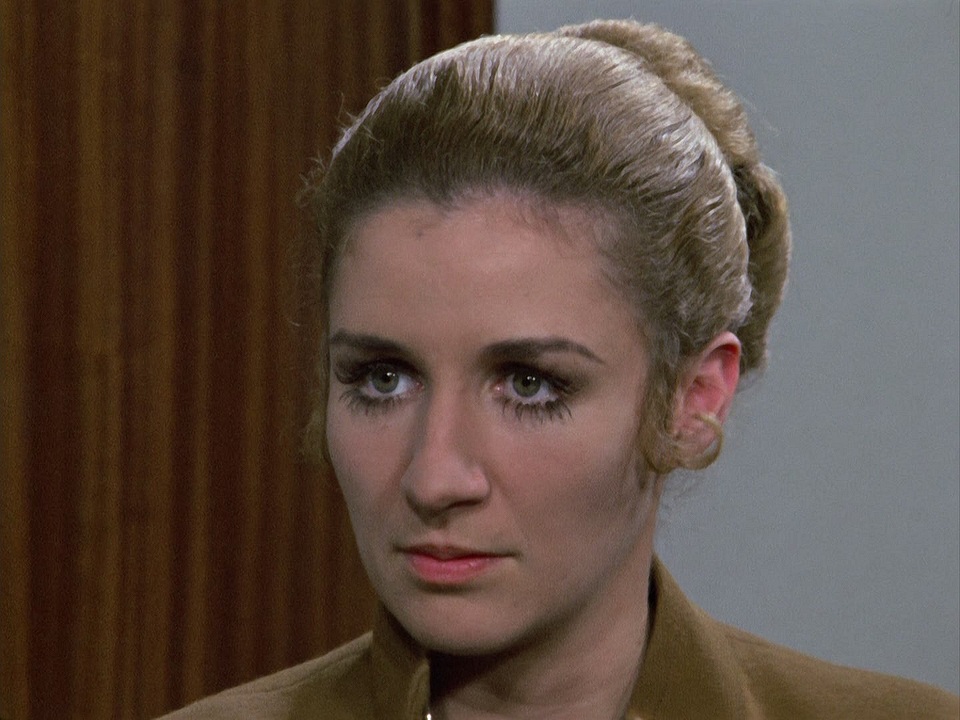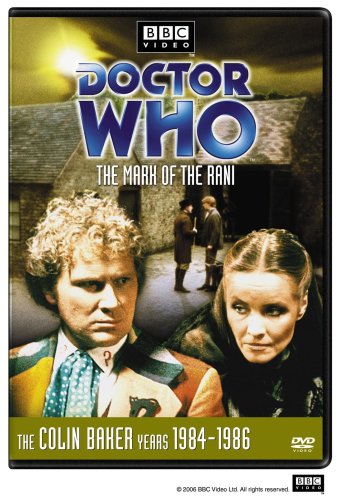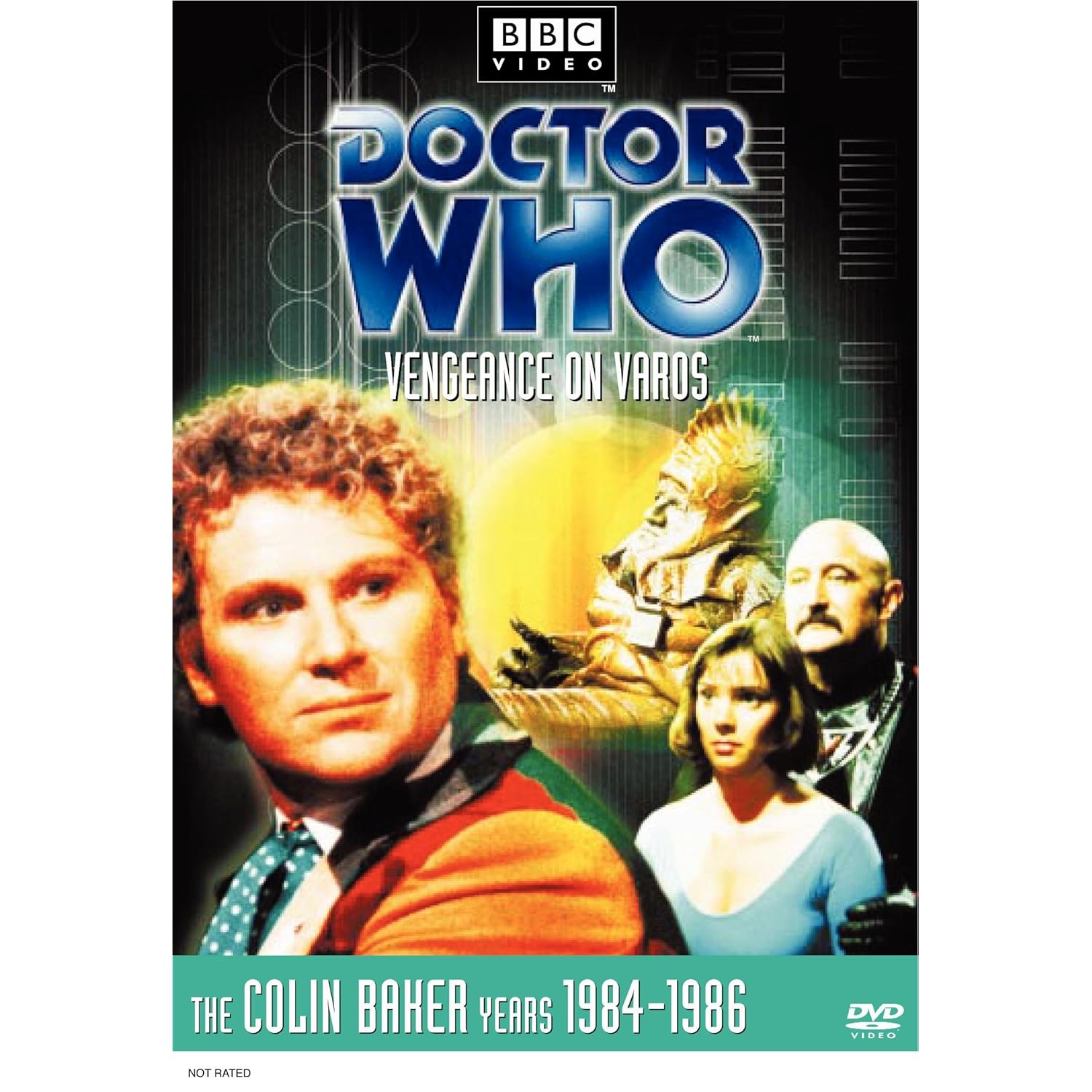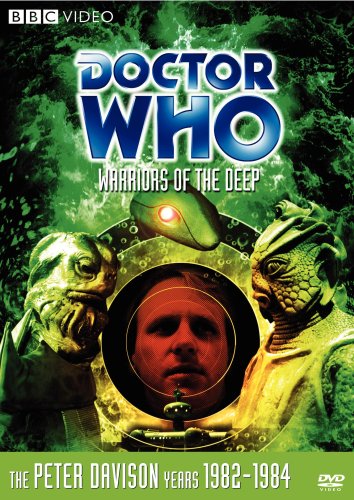 |
| Caroline John: 1940-2012 |
Training at the Central School of Speech And Drama, John worked for many years in the Royal Shakespeare Company and the National Theater before getting the role of Shaw in 'Doctor Who'. This was a role she only played for the short eighth season of of the show. She did however appear as Shaw in many 'Who'-related BBC Radio broadcasts over the years. She was even married to Geoffrey Beevers who portrayed The Master in the 1981 'Doctor Who' serial 'The Keepers Of Trakken".
Personally Liz Shaw is one of my favorite companions of the doctor on the classic series next to the also late Elizabeth Sladen's Sarah-Jane Smith. Caroline John portrayed Shaw as a very capable scientist who quickly learned to understand the doctors unusual theories and therefore was able to be of genuine assistance to him in very touch situations. John was an talented actress who portrayed Shaw with a complex personality and unspoken understanding of worlds beyond our own. She will be missed on my end and I wish my most heartfelt condolences to her family and closest friends.










